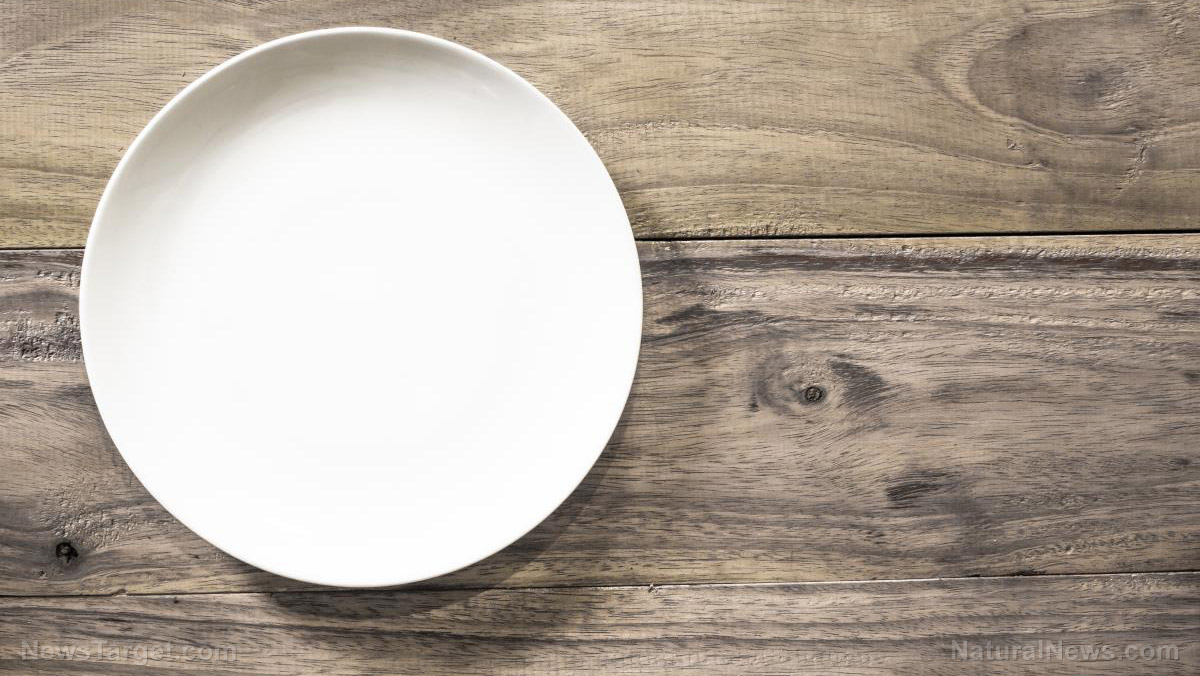
When scientists from Edinburgh’s Heriot-Watt University placed Petri dishes with sticky dust traps on tables near dinner plates in people’s homes at meal times, they found up to 14 plastic pieces on average in the dishes at the end of a 20-minute meal, which equates to 100 plastic fibers falling on a large dinner plate.
Taking the calculations even further, the scientists concluded that an average person will swallow as many as 68,415 plastic fibers a year by doing nothing more than sitting down to eat what could very well be an otherwise healthy home-cooked meal. They believe these fibers are coming from household dust rather than anything to do with the cooking environment or food. It comes from synthetic fabrics and soft furnishings found throughout the home, which makes its way to the air and then falls onto plates. Their findings were published in Environmental Pollution.
Plastic in your home’s air outweighs that found in seafood
Seafood has gotten a lot of attention in recent years for its plastic content, so the researchers decided to compare the plastic fibers found in mussels with the amount that the average household meal contains. Surprisingly, they discovered that each mussel contained fewer than two microplastics, which they believe come from their marine environment. They’ve therefore concluded that people consume 100 plastic particles per year on average from eating mussels, which is significantly less than the amount we consume because of household dust.
Microplastics have been reported in mussels in every place scientists have looked, including the pristine Arctic waters. It is believed that these plastics end up there after being swept there by ocean currents and winds. The amounts vary from place to place; mussels tested near Norway had 1.8 bits of microplastic on average, while Arctic mussels had 4.3 bits.
Of course, that doesn’t mean that plastic pollution is something that should be taken lightly. In fact, the problem is so pervasive that even marine life in the deepest parts of the ocean have plastic in their stomachs. In crustaceans living seven miles below sea level, scientists have found a high amount of toxic plastic fibers such as nylon, rayon, and polyvinyls.
The microscopic size of this type of plastic pollution means it is easily ingested by animals, who mistake it for food. Making matters worse is the fact that microplastics essentially act like sponges, soaking up pollutants from the water and then leaching them back out again into the water and the animals that consume them – many of which later end up on our plates.
Minimize your plastic exposure
Ingesting plastic particles has been linked to a host of concerning health problems, including lung damage, hormonal interference, and kidney damage. There is little you can do to control the plastic in household dust, so it’s essential that you take steps to minimize your plastic exposure in other areas. For example, if you are drinking bottled water, it’s time to stop. A recent study has revealed that 93 percent of the bottled water sold in the U.S. contains plastic fibers. The amounts vary dramatically, with some having no particles whatsoever and other exceeding 10,000 particles in a single container. The bottle manufacturing process is partly responsible, with the bigger particles largely made of propylene – the same metal used in most bottle caps. Some of the particles are also believed to come from the original source of water.
There are a lot of toxins in our environment, and we might not be able to avoid all of them, so it’s important to be vigilant when it comes to the sources that we can control.
Sources for this article include:
Please contact us for more information.























